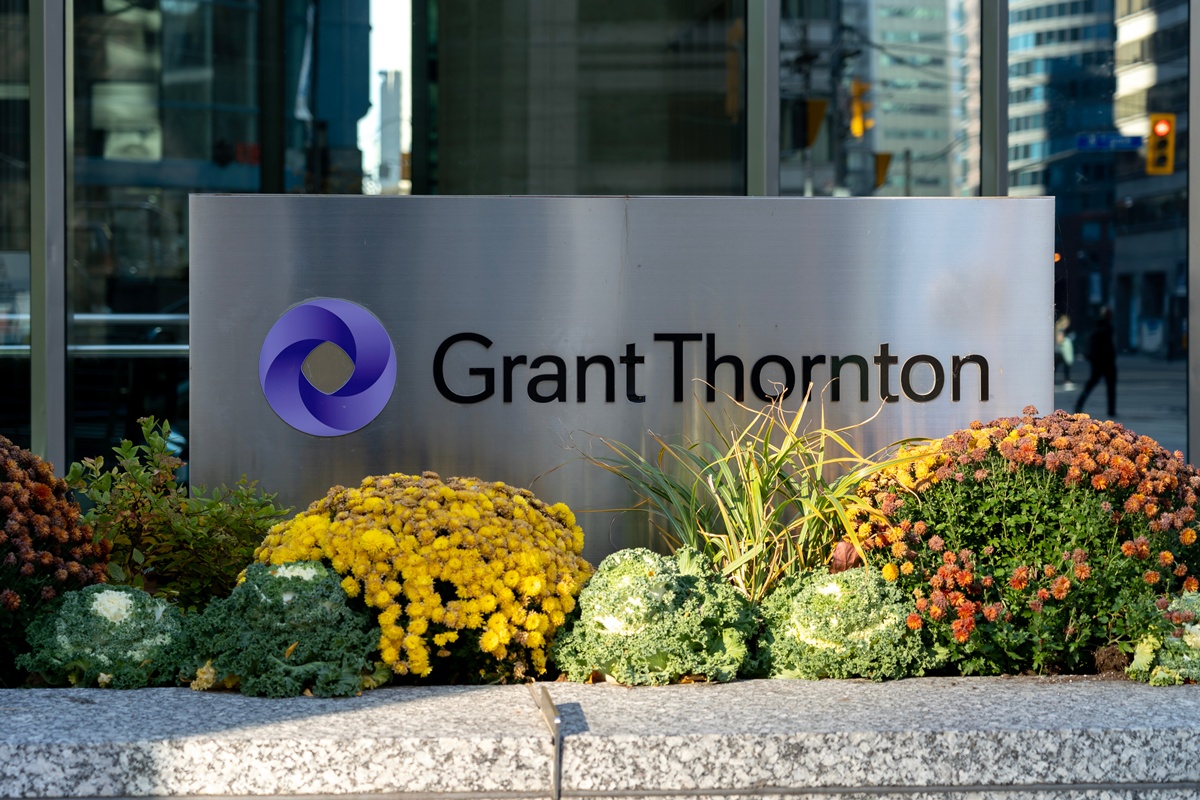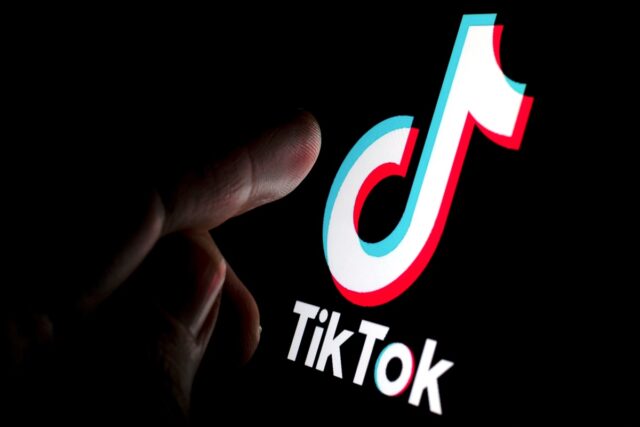April 04, 2025
Unlocking the Future of CX: Grant Thornton’s Innovative Use of AI

Since joining Grant Thornton seven years ago, Shaendel Hallett has been on a journey to reposition the value of client feedback, replacing the fear of finding out, with a focus on how the feedback can be used in a positive way.
The company’s head of insights, who has a 20-year career in customer experience, said: “We have done a lot of work engaging with senior stakeholders, getting buy-in from our CEO and senior leadership team.
The success of the CX programme has led to the team becoming a pseudo agency, delivering ad-hoc research projects for internal teams and clients.
“It has been really successful and has helped us be perceived as a strategic business partner across the firm,” said Hallett.
An intelligent approach to customer experience
In a desire to continually improve, the team approached MyCustomerLens, a Glasgow-based AI-powered client listening platform for professional services firms.
The core feedback programme had focused on conducting regular online surveys, to provide a quantitative measurement of performance, along with strategic reviews. It also spoke directly to clients to dig deeper into what’s on their minds and create an opportunity for clients to feedback independently.
To assimilate and interpret all the data, the firm uses Qualtrics, an employee and CX management platform.
But Grant Thornton was struggling to extract meaningful, actionable insights from the vast amounts of survey data and in-depth client reviews.
The unstructured nature of clients’ comments often hindered identification of key themes and trends, limiting the programme’s effectiveness in informing strategic decision-making.
Implementing a collaborative programme
By working with MyCustomerLens Grant Thorton was looking to test the AI’s capability to analyse structured and unstructured text data and to discover how it could help expand the team’s impact and improve the client insights programme.
Hallett felt there was an opportunity to enable more powerful storytelling, which would shape commercial decision-making and improve CX.
A secondary goal was to leverage the data to show how clients perceive the Grant Thornton brand, to better inform how the firm delivers on its brand, BD and marketing strategies.
“I was just really impressed with the expertise and knowledge base and the tools and tech that they had available,” she said.
“So, when I was thinking about this gap that we had in our understanding, MyCustomerLens were the first port of call to really flesh out the idea.”
The project started with data cleansing, ensuring there was consistency across various data sources, to lay the foundation for effective AI analysis.
AI analysed the unstructured text data from strategic reviews and online surveys and identified key themes and trends.
A significant part of the project involved customising AI algorithms to track and understand client perceptions across different facets of the Grant Thornton brand. This granular analysis allowed for a more nuanced understanding of the firm’s brand positioning and resonance with its client base.
MyCustomerLens provided Grant Thornton with direct access to the analytics, allowing its team to review emerging findings and recommendations.
Weekly meetings, document sharing and open communication were integral to the ongoing, collaborative process, ensuring there was proper alignment and continuous feedback between MyCustomerLens, and Grant Thornton.
The final report was delivered in a series of interactive dashboards, allowing Grant Thornton to continue analysing, and reporting on, the data after the project was finished.
Unlocking insights into strategy and operations
The project unlocked previously unknown insights, informing decision making and strategy at all levels. It also offered valuable information about the company’s brand positioning strategy.
Its scope, as outlined by Hallett, was two-fold: “One was looking back at the data. So, what is that data telling us and where are those kind of key themes and what can we do differently as a result of that?
“And then looking forward in terms of what are we missing from our programme? What would the future, what could the future look like for us if we could do anything.”
This encompassed a retrospective analysis of existing data, to identify key themes and actionable insights, as well as a prospective component which focused on optimising Grant Thornton’s future client feedback programme.
The volume of data, while substantial for a professional services firm, paled in comparison with datasets typical of B2C companies.
The collaboration was not a typical consulting engagement, but more of a partnership focused on iterative development and co-creation, according to MyCustomerLens CEO, Paul Roberts.
He said: “This wasn’t a theoretical research exercise. We were able to work alongside Shaendel and Emily to ensure that we were generating insights that were relevant and actionable.”



